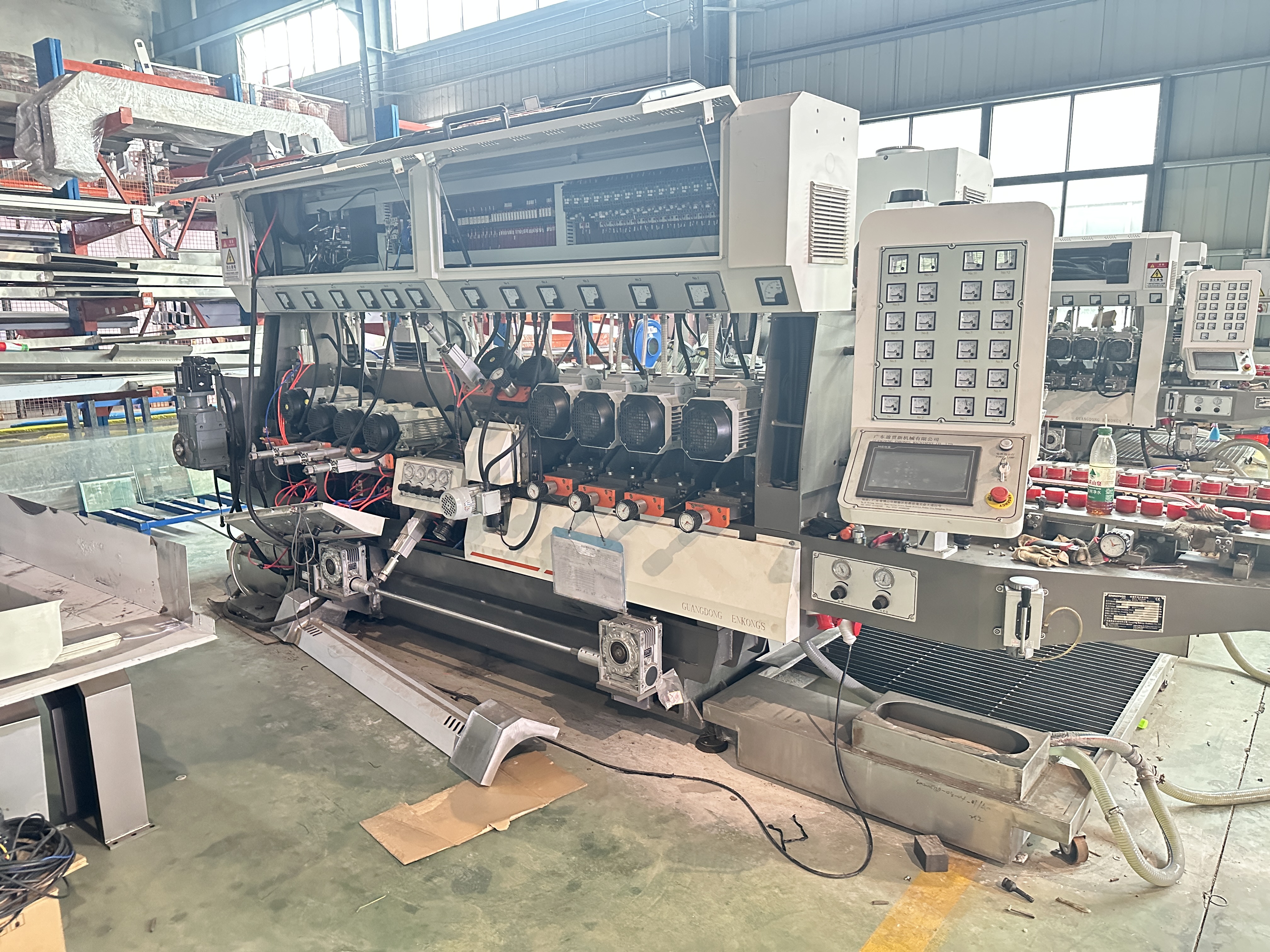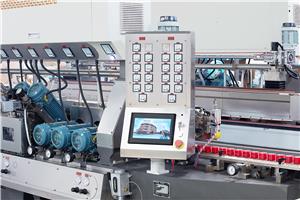The global construction and manufacturing industries are undergoing a seismic shift. As urban skylines stretch taller and consumer demand for precision-cut glass surges, one question looms large: How will advancements in glass edging machines redefine the standards of efficiency, safety, and creativity in glass processing? With 2025 on the horizon, manufacturers and architects alike are grappling with the challenges of meeting tighter deadlines, reducing material waste, and achieving flawless finishes. Enter the latest generation of glass processing machines—equipment that promises not just incremental improvements but a revolution in how we shape the transparent building blocks of tomorrow.

The Rising Demand for Precision: Why Glass Grinding Machines Are No Longer Optional
From smartphone screens to hurricane-resistant skyscraper facades, glass has evolved from a fragile material to an engineering marvel. Yet, its versatility hinges on one critical step: edge finishing. Traditional glass grinding machines, while effective for basic applications, struggle to keep pace with the complex geometries demanded by avant-garde designs. A single misaligned edge can compromise structural integrity or aesthetic harmony, costing firms millions in rework.
This is where next-gen glass processing machines are rewriting the rules. Equipped with AI-powered vision systems, these devices analyze glass panels in real time, adjusting grinding parameters to account for microscopic imperfections. For instance, a leading German manufacturer recently reported a 40% reduction in scrap rates after integrating adaptive glass edging machines into their production lines. "The machine doesn’t just grind—it learns," explains Claudia Müller, the company’s CTO. "Every sheet of glass becomes a data point to refine future operations."

Sustainability Pressures: Can Glass Processing Machines Deliver Zero-Waste Factories?
The push toward carbon neutrality has turned sustainability from a buzzword into a non-negotiable mandate. Glass production, historically energy-intensive and wasteful, is under scrutiny. Conventional glass grinding machines generate significant debris, with up to 15% of raw material lost as dust or subpar cuts. In 2025, however, innovators are tackling this issue head-on.
Take the case of Singapore-based startup LuminaTech. Their patented glass edging machine uses recycled water and diamond-coated abrasives to capture and repurpose 98% of grinding residue. Meanwhile, IoT-enabled glass edging machines now optimize energy consumption by aligning operations with renewable energy availability. "It’s not just about grinding faster—it’s about grinding smarter," says CEO Rajiv Kapoor. "Every watt and every micron matters."
Automation vs. Artistry: Will Human Craftsmanship Survive the Glass Grinding Machine Boom?
Critics argue that hyper-automated glass edging machines could render skilled artisans obsolete. After all, what role do human hands play when a machine can polish a bevelled edge to 0.1mm accuracy? Yet, industry leaders counter that automation liberates creativity rather than stifling it.
Consider the collaboration between Italian design studio VetroPro and robotics firm AutoGrind. By pairing AI-driven glass grinding machines with augmented reality (AR) interfaces, craftsmen now "sculpt" digital prototypes that machines replicate at scale. The result? A fusion of human ingenuity and mechanical precision. "The machine handles the repetitive work," says lead designer Marco Bianchi, "freeing us to experiment with curves and textures we once deemed impossible."
The Safety Imperative: How Glass Processing Machines Are Tackling Workplace Hazards
Grinding glass has always been fraught with risks—from airborne silica particles to blade malfunctions. In 2023 alone, OSHA reported over 1,200 injuries linked to outdated glass grinding machines. Fast-forward to 2025, and safety innovations are transforming shop floors.
Modern glass edging machines feature enclosed grinding chambers, HEPA filtration systems, and emergency shutdown protocols triggered by thermal sensors. For example, U.S. manufacturer EdgeMaster recently debuted a glass processing machine with haptic feedback gloves, allowing operators to adjust settings without physical contact. "Safety isn’t a cost center—it’s a competitive advantage," asserts safety engineer Linda Park.
The Cost Conundrum: Are Glass Grinding Machines Affordable for Small-Scale Studios?
While industrial giants readily invest in million-dollar glass processing machines, smaller workshops face a dilemma. Can compact, budget-friendly models match the performance of their industrial counterparts? Startups like Taiwan’s GlassBot say yes. Their modular glass edging machine, priced at under $50,000, offers customizable attachments for tasks ranging from basic edge smoothing to intricate 3D profiling. Early adopters in Dubai’s artisanal glass sector report a 200% increase in order volume, attributing it to the machine’s versatility.
Looking Ahead: What’s Next for Glass Edging Machines in a Post-2025 World?
As AI, robotics, and sustainable engineering converge, the glass processing machine of 2030 may bear little resemblance to today’s models. Researchers in Japan are already experimenting with laser-based glass grinding machines that eliminate physical abrasives entirely. Meanwhile, MIT’s Media Lab envisions "self-healing" glass edging machines that repair their own components using embedded nanomaterials.
Yet, amid the relentless march of progress, one truth remains: The future of glass—whether in towering atriums or delicate wearable tech—will hinge on the machines that shape its edges. As 2025 approaches, the industry faces a pivotal choice: Adapt to the glass processing machine revolution or risk being left behind in the dust of inefficiency.

